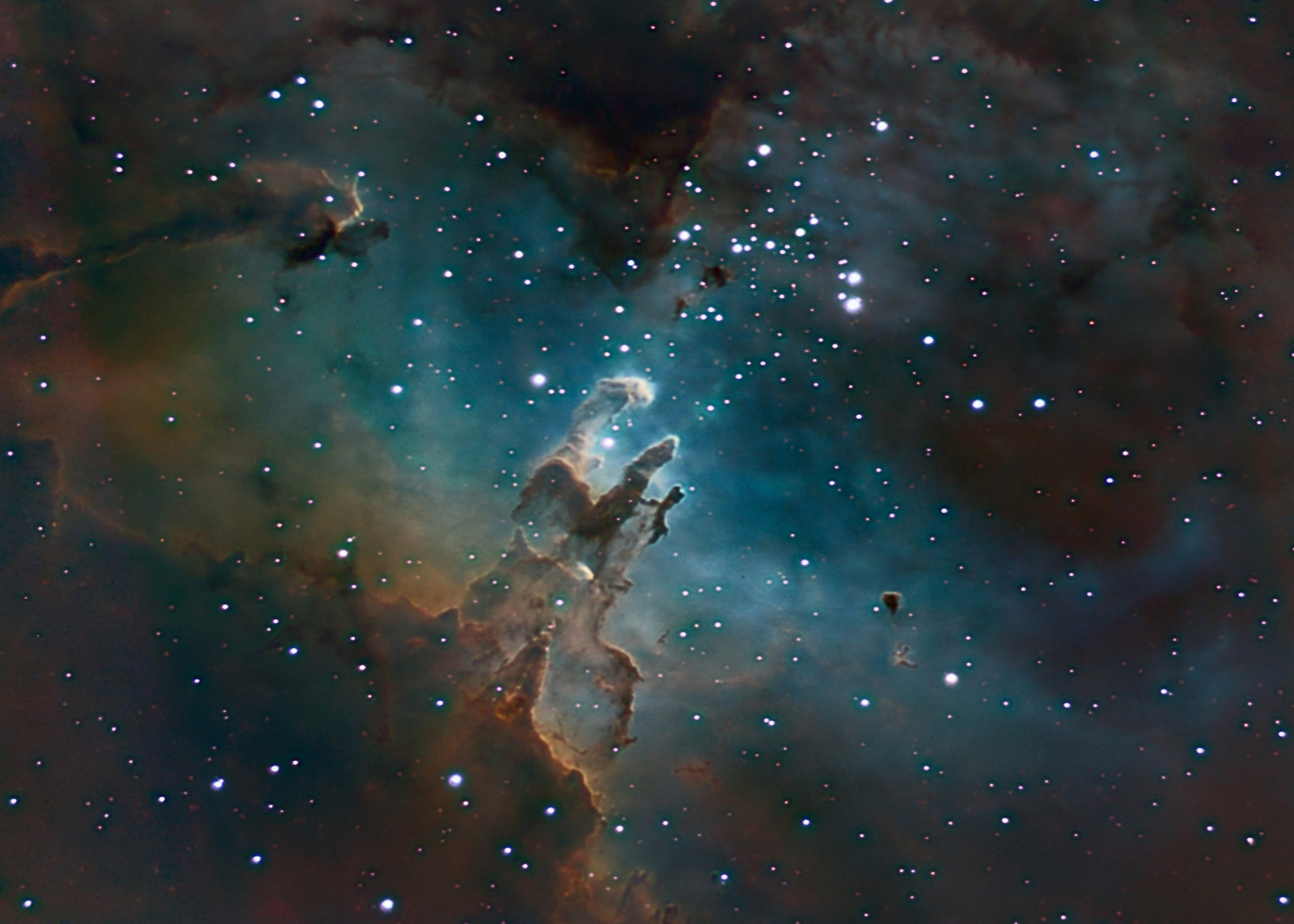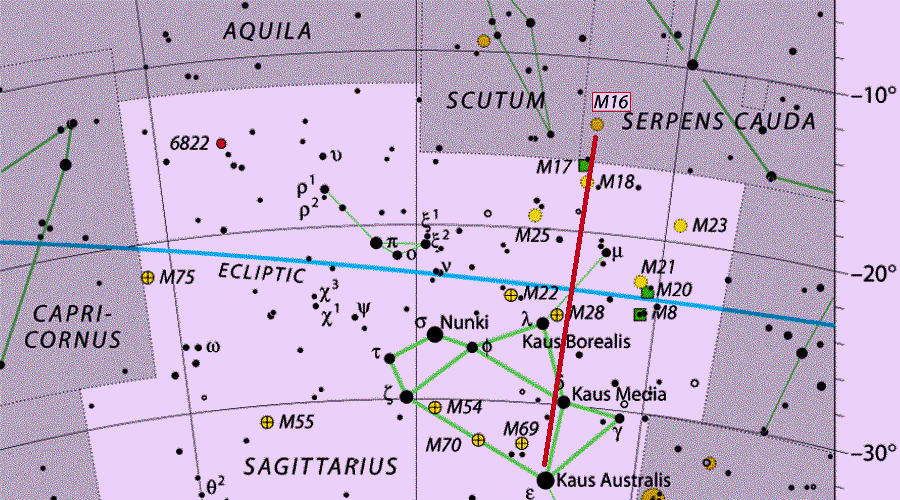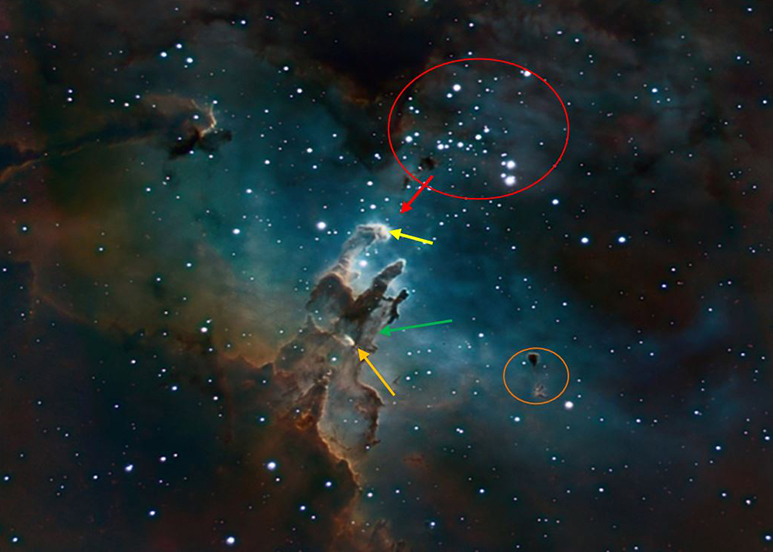Red Dirt Astronomy: Skies & Space for July 2022
July 1, 2022
Planets
Mercury – The planet will be difficult to see this month except for a few days near the start of the month and the same toward month’s end. At these times, it will be bright first in the morning twilight in early July and again in evening twilight in late July.
Venus – Now in the dawn sky, the planet will become less distinctive as it again recedes into the sun’s glow.
Mars – Still bright in the morning sky in Pisces, the planet will brighten as the month progresses. As it moves, the planet will enter Aries later in the month. It will be close to the moon on the 21st.
Jupiter – Jupiter rises around midnight in Cetus. The moon will pass close to the planet on the 18-19th.
Saturn – Moving toward opposition, closest to Earth, in August, the planet will brighten some in the late evening sky. The moon will be close by on the 15th.
Uranus – The planet is in the morning sky in the constellation of Pisces.
Neptune – Visible by telescope overnight and in the morning, the planet remains in Pisces.
Sky and Space Anniversary Events for July 2022
July 1: NASA opened Cape Canaveral Launch Operations, later Named Kennedy Space Center. (1962)
July 1: STS 94, Space Shuttle, launched (1997)
July 3: CONTOUR, Comet Nucleus Tour, launched later lost. (2002)
July 4: STS 4, Space Shuttle, launched from Edwards Air Force Base (1982)
July 7: First Quarter Moon
July 10: Telstar was launched providing the first world-wide communications. (1962)
July 10: Giotto flyby of Comet Grigg-Skjellerup (1992)
July 10: STS 46, Space Shuttle, launched (1992)
July 11: High Resolution Coronal Imager launched for 10 minute mission to image suns corona, highest resolution images to that date. (2012)
July 13: Full Moon & highest tides for the year
July 14: Surveyor launched to the moon crashing into Sinus Medii (1967)
July 15: Saturn near moon
July 19: Jupiter near moon
July 20: Last Quarter moon
July 21: Mars near moon
July 22: Mariner 1 launched to flyby Venus (1962)
July 26: Venus near moon
July 26: Uranus near moon
July 26: Venera 4 lands on Venus (1972)
July 28: New moon
Object of the Month: The Eagle Nebula & Pillars of Creation

The constellations of summer now fill the eastern sky at sunset. Looking south at this time we find the constellation of Serpens, the snake held by the healer Asclepius. Here we find this month’s celestial object, a famous nebula, the Eagle. Representing an eagle flying up the Milky Way, the constellation is a highlight of the summer sky.
Inside the constellation is the Eagle Nebula, well known thanks to the famous Hubble image of 1995. The nebula is about 7,000 light years away and is a common target for astronomers.
Seen here, the Eagle Nebula – M16 on the star chart – is filled with fine detail and some fascinating features. The bright cluster of young stars, circled in red, produces energetic radiation and stellar winds that have created a cavity in the nebula, the light blue seen through the center of the image. Notice that the pillars are pointed directly at the star cluster. It’s the energy from the star cluster that “blows” all the low density gas away leaving behind the high density gas of the pillars. The red arrow identifies the direction of the energy flow away from the star cluster. These pillars are about 10 light years tall!

The ionization front, the white glow surrounding the top of the pillars defined by the yellow arrow, is a very thin layer on the edge of the dark nebula where the ionization is happening. Look closely and you will find stars forming near the point of the yellow arrow, the bright, white glow.
The dark portions of the pillars in the image represent the densest gas, probably where stars are forming inside. Appearing wispy and thin, the lighter pillars have a much less dense gas concentration and provide a lower possibility of star formation.
Stars in the process of forming normally give off jets of gas. That can be seen at the tip of the gold arrow as a white line which originates from a new born star near the point of the arrow. These jets are moving away from the star at around half a million miles per hour.
The green arrow is pointing to the low density gas streaming away from the gas concentration like a waterfall. This action creates the fine detail just to the right of the middle pillar as the radiation from the star cluster above is blowing the gas away, removing the low density gas from the higher density gas.
The brown circle defines another interesting feature in the image. Here are small and fairly dense pillars that are isolated and will probably disperse over time.
Given the fact that this is a star forming region, we would expect to see more stars. Where are they? They’re present, but buried inside the dense and dark gas pillars. An infrared image like the ones produced by the new James Webb Space Telescope would be able to show those stars clearly.
This image was created over two nights: June 17 and 19 this year in Oklahoma under very bright skies and with a large moon. These are not normally ideal conditions for astronomy, however the image was created by using very narrow band filters: hydrogen alpha, double ionized oxygen and ionized sulfur. These filters block the ambient light pollution allowing only the light emission from the three elements to penetrate to the detector. The total exposure time was nine hours.
If you have the opportunity to see the Eagle through a telescope under dark skies, it will provide a feast for your eyes! Have a look sometime!


